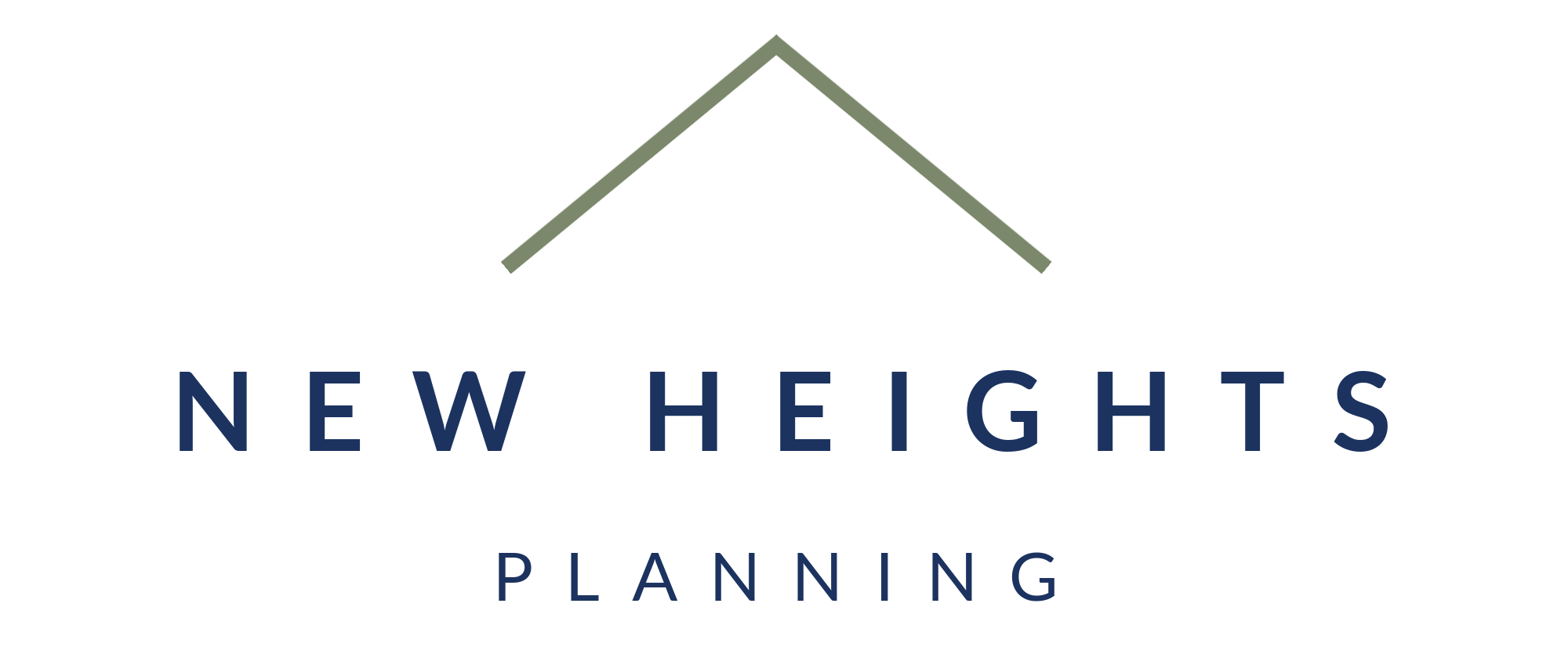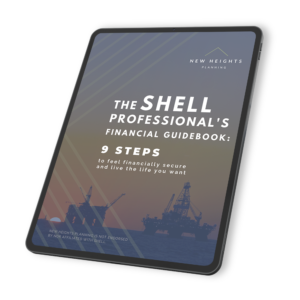FIRE for Shell Employees, Part 1
FIRE for Shell Employees, Part 1
Full Transcript:
Today I’m going to discuss the concept of FIRE for Shell professionals and not the type that was brought up at your last safety moment.
Fire stands for Financial Independence, Retire Early. It’s the pursuit of having enough money so you can leave work prior to the traditional retirement age. This happens when your investment portfolio is large enough to fully support your lifestyle.
First and foremost, don’t get too caught up on the retire early aspect. It’s more about making work optional.
Second, when many people think of the FIRE community, they imagine penny pinchers living on $25,000 a year. For most people, this isn’t realistic, especially Shell professionals who have grown accustomed to making and spending a lot more than that per year.
Let’s walk through an example of how the FIRE concept can apply to a Shell professional. Let’s assume that you’ve been at Shell for a while, and you’ve worked your way up to a healthy $240,000 per year of combined salary and bonus. Of course, Uncle Sam’s going to take their cut, so you pay $70k a year in taxes. And as you’re saving for retirement, you’re contributing to your 401(k), maxing that out at just over $20,000 per year. This means that you have an annual take-home pay of about $150,000 per year.
Now instead of using the $25,000 for annual expenses in the intro, let’s assume you spend eight grand per month or $96,000 per year. That leaves you with an additional $54,000 a year to save and invest. As Shell has a great matching program, let’s assume that you’re also giving the 10%, which is $24,000 more a year in savings. This means that your total savings is $98,000 per year. Now, for this example, let’s assume that you’ve been doing a great job saving, so you’ve built up an excellent portfolio of $750,000.
Now let’s see how this applies to FIRE. You want to calculate your FI number, your financial independence number. This occurs when your portfolio can support your lifestyle, in this case, $96,000 a year. We’re going to assume an investment return of 8% and inflation of 2.5%. So, for your investment portfolio to generate $96,000 of withdraws and still grow, we’re going to use the 4% rule. That 4% rule stays that you can pull out 4% and the growth will allow your portfolio to continue to build. This means that your F I number is $2.4 million. Now, we already mentioned that your current portfolio is $750,000, an excellent starting point.
Now, what happens after a year? After a year, your FI number increases because we need to remember inflation. So now you need to make $2.46 million as your target. Now, of course, your portfolio is also growing, as we’re assuming an 8% average return, and you’re saving $98,000 per year. That means your portfolio is up to $898,000. If we continue this, we want to figure out where your portfolio reaches your FI number. In year ten, your FI number has ballooned to $3.1 million. But your portfolio has gone up to $3.2 million thanks to your diligent investing and savings. At this point, you’re financially independent. Now, this is a very simple whiteboard exercise, but it still gets across the point of what it takes to get to financial independence.
Now, next video, I’m going to talk about some of the specific strategies that Shell employees can use to optimize their savings to live a financially independent lifestyle.



